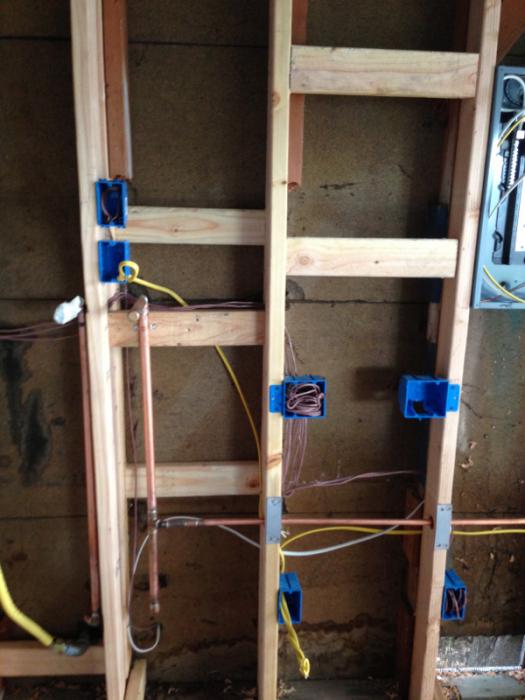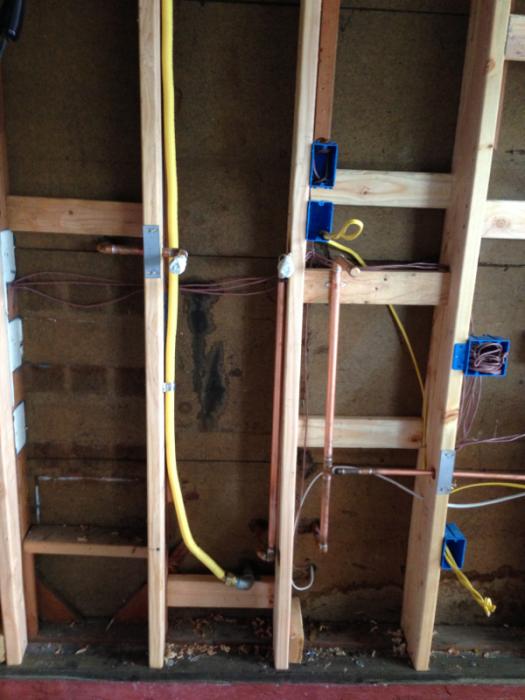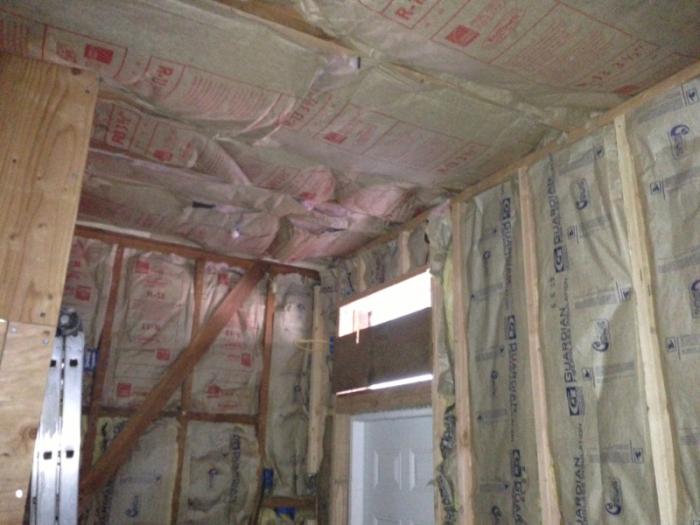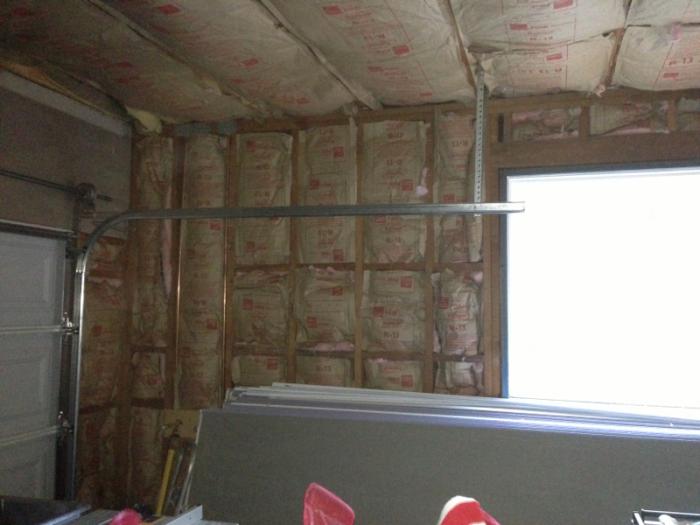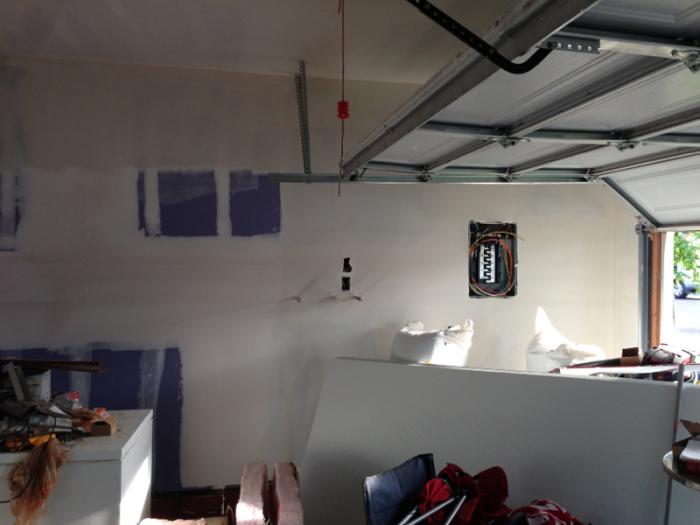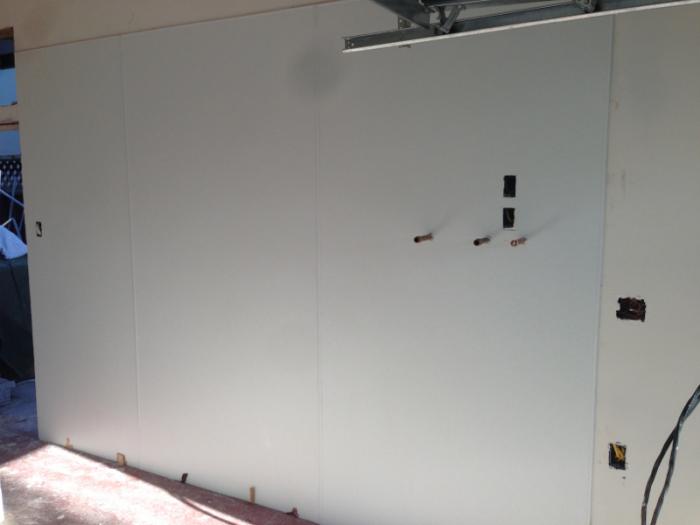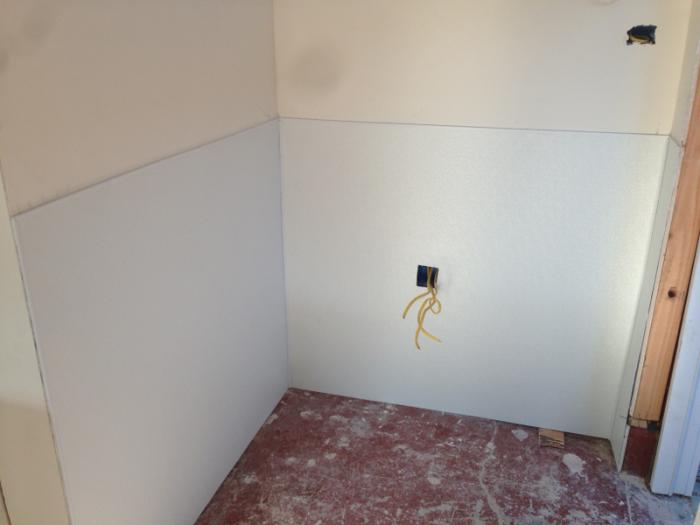marcb
Well-Known Member
Took a million pics of in wall wiring and plumbing that I won't bore you with but rest assured the build is moving along at a good pace. Insulation, drywall and taping is all done this afternoon. By the end of the week the FRP and flooring should be done. That leaves paint, finish electrical and plumbing to complete the infrastructure early next week, then the fun part of assembling the brewery and figuring out the details.
Cheers!
Cheers!



